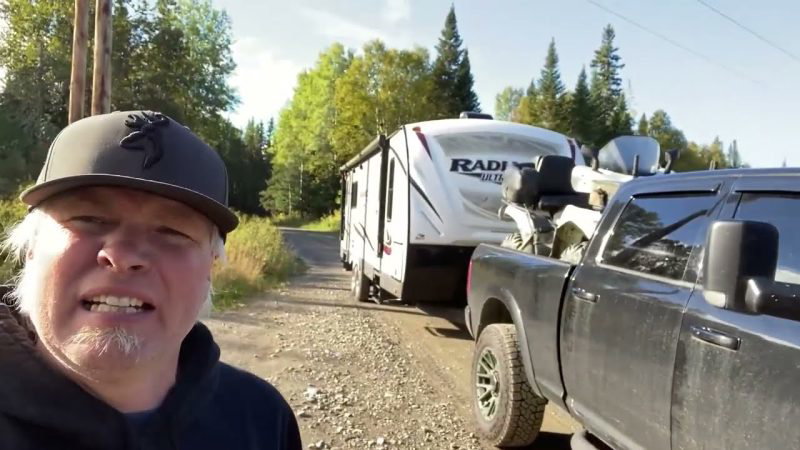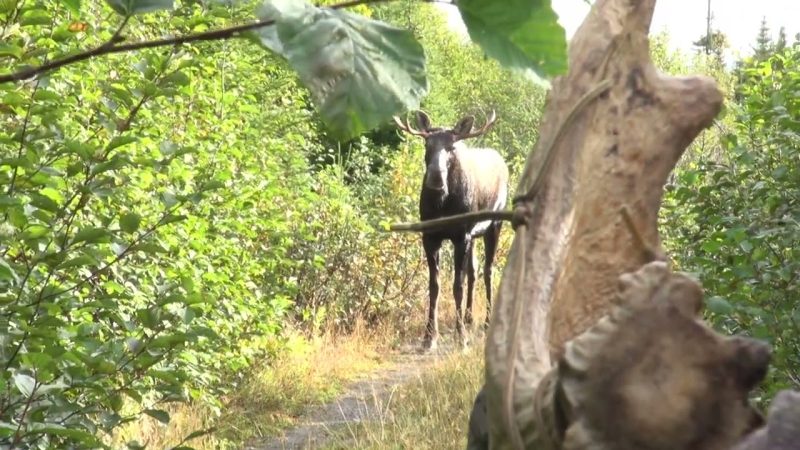Reviews
User Score
Rate This
Descriptions:
Collecting moose urine – The best technique
Harvesting moose urine – The best technique | Aventure Chasse Fishing Moose Deer Outfitters and the great outdoors
September 5, 2017 – Réserve Faunique des Laurentides (Quebec)
Dominant 45″ male harvested in full rut in zone 4.
Demonstration of a technique to collect urine from bull moose using catheters and urinary drainage bags. A similar technique could probably be transposed to collect urine from a female.
Please note that the video was originally intended for our personal use, and therefore is not really a demonstration for the purpose of teaching the technique. However, after seeing the usefulness of our method and our considerable harvest, we decided to share it, given its great accademic value. This was our first attempt, and the result was quite surprising. Please excuse the mumbling during the video:D.
Materials required:
-3 urinary catheters, size 24Fr, 40cm (RUSCH #ref: 238500240) (available in pharmacies, by special order)*.
-3 urinary drainage bags, size 2000ml (RUSCH #ref: 390060) (available in pharmacies, by special order)*.
-1/8” flexible copper pipe, approx. 6″ (available from hardware stores)
Water-based lubricant (e.g. KY) (available in pharmacies)
Preliminary steps:
1-Join 2 or 3 catheters together**:
a)Cut the ends of catheters #1 and #2. Be sure to make the incision BEFORE the side holes (located about 1 1/2″ from the end).
b)Remove the blue mouthpiece (color may vary according to model) from catheters #2 and #3 using a blade.
c)Cut 2 pieces about 1″ long from the copper pipe
d)Join the whole by inserting the copper pieces into the catheters in this order:
Catheter #1 (with intact blue tip) – Copper – Catheter #2 – Copper – Catheter #3 (with intact side holes)
2-Join the drainage bag with catheter #1 by inserting the tip of the bag’s tubing into the blue mouthpiece.
3-During sampling, generously lubricate catheter tip #3 with lubricant, taking care not to block the side holes.
*Catheters and drainage bags are available from pharmacies, by special order. The cost should not exceed a few dollars, but remains at the owner’s discretion. What’s more, some banners may not be able to supply it. For your information, ours come from Proxim in St-Jean-De-Dieu, and were ordered from BestBuy Médical. Catheter/bag sizes may vary slightly, but we recommend a 24Fr gauge and a total volume of 4 to 6L.
**We only joined 2 catheters together in the video. However, we can see that the length was limited, so we recommend attaching a 3rd one beforehand.
The advantages of this technique are numerous. They allow almost totally sterile collection of urine, which is taken directly from the animal’s bladder. This considerably reduces bacterial growth during storage. The technique also avoids any loss of fluid compared to bladder removal during evisceration. What’s more, the drainage bags are sturdy and feature a non-return valve to prevent urine loss during transport. They also feature a drain valve for easy transfer of liquid for storage.
In the hope that this demonstration will be clear and beneficial to many. We wish you a great 2018 hunting season!
Don’t hesitate to ask your questions in the comments section.
Hunter credits: Dominic Beaumont, Jean-Alexandre Beaumont, Jean Beaumont, Michel Fortin


























